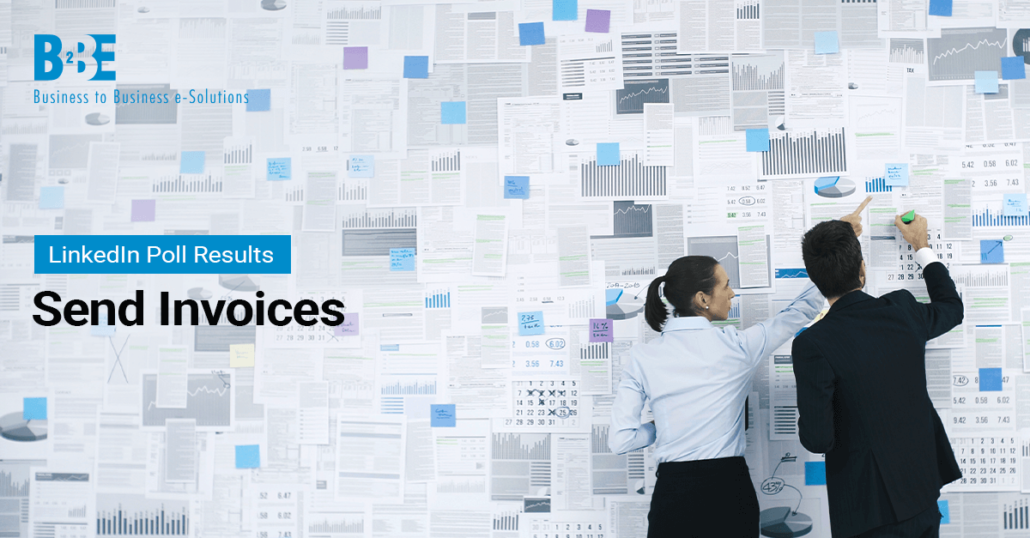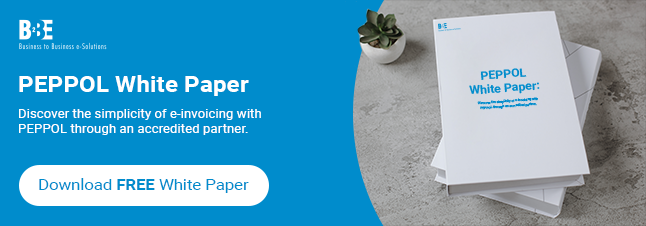In today’s digital age, businesses have a variety of methods to send invoices to their clients. With technology advancing, traditional approaches like mailing invoices by post are becoming less common, while digital platforms are rising in popularity.
Poll results
In our most recent LinkedIn poll, we asked our followers how they send invoices to their clients.
How do you currently send invoices to your clients?
- 电子邮件
- Post
- E-invoicing platform
- EDI电子数据交换
电子邮件
With 45% of respondents choosing email, it remains the most widely used method for sending invoices. Email offers convenience, speed, and cost savings compared to sending physical invoices by post. It allows businesses to quickly reach their clients, especially for companies that handle a high volume of invoices on a regular basis.
However, email is not without its challenges. Emails can sometimes go unnoticed or get lost in crowded inboxes, leading to delayed payments or the need for follow-up communication. Additionally, sending invoices via email can still require manual processes for tracking payments, creating a potential for human error. While email is a step forward from traditional methods, businesses may find that it lacks the automation and efficiency offered by more advanced platforms.
Post
At just 5%, sending invoices by post has almost disappeared as a common practice. While some industries or clients may still prefer receiving paper invoices, the majority of businesses are moving away from this time-consuming and costly method. Postal invoices require printing, mailing, and often manual tracking, which can lead to delays and inefficiencies.
For businesses that rely on prompt payments and streamlined operations, the post is no longer a practical solution. As digital tools continue to evolve, it’s likely that the use of postal invoicing will continue to decline in favour of faster, more reliable methods.
e-Invoicing Platform
With 23% of respondents using e-invoicing platforms, this method is gaining traction. E-invoicing platforms offer automation, real-time tracking, and integration with other financial systems, which can significantly reduce the administrative burden on businesses. These platforms allow companies to send invoices directly to clients through a secure system, ensuring that invoices are received, tracked, and processed without manual intervention.
E-invoicing platforms also help businesses ensure compliance with various invoicing regulations and provide a higher level of accuracy, reducing the risk of errors and disputes. For companies seeking to optimise their accounts receivable processes and improve cash flow, e-invoicing platforms present an attractive solution.
EDI电子数据交换
EDI (Electronic Data Interchange) is used by 27% of businesses in our poll. It enables businesses to exchange documents, including invoices, in a structured electronic format between systems. This method to send invoices is particularly popular among businesses with high transaction volumes or complex supply chains, as it offers speed, accuracy, and security.
EDI systems are fully automated, allowing businesses to process invoices quickly without manual input. This helps to reduce errors, accelerate payment processing, and enhance overall operational efficiency. While EDI may require an upfront investment in technology, it’s a long-term solution that can save time and resources, especially for larger organisations.
进一步了解我们的 客户电子发票, 供应商电子发票 和 PEPPOL泛欧公共采购系统 solutions to support your invoicing processes.
More information
B2BE’s experience in the supply chain sector allows our customers to build, expand and adapt successfully, enabling greater effectiveness. To engage with B2BE and offer feedback on what matters most to you and your business, make sure to follow us on LinkedIn and across social media. You can also vote in our latest LinkedIn poll. If you’d like to discuss your supply chain strategy, get in touch with us.

